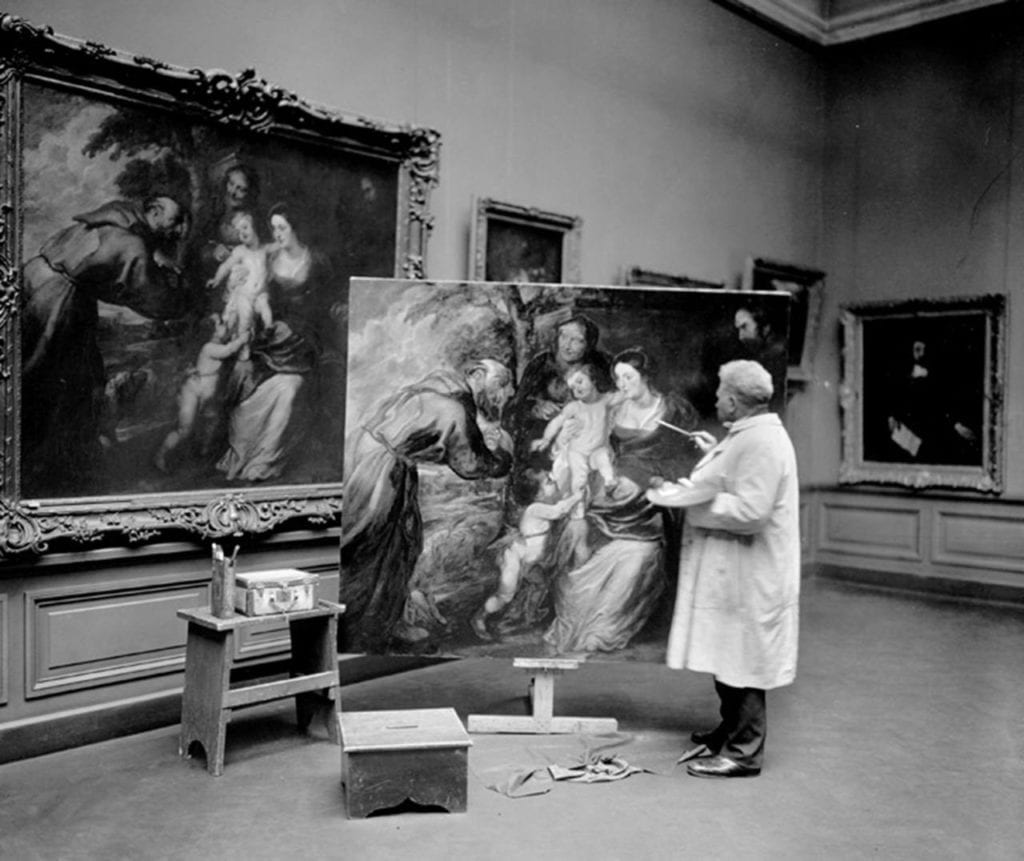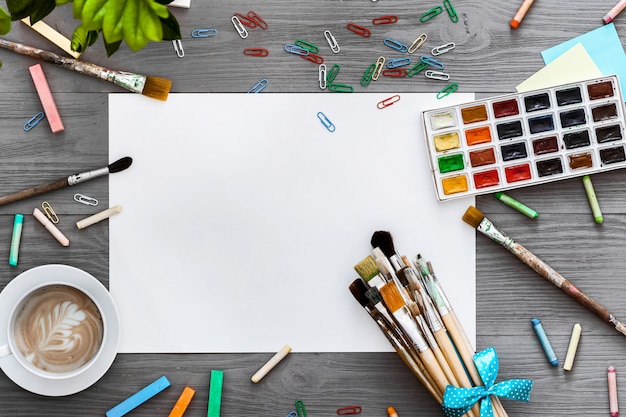

With more deliberate lighting and some small movements during the copying process, Schiff adds unconventional flares and highlights that give the best of her works an edge of dreamy romance.

Still life setups of a clock, a mannequin head, a plastic doll, a globe, a toy space shuttle, a starfirsh, and a gathering of fruit (among others) form the basis of her images, which then head towards the patina of soft focus Pictorialism or Sheila Metzner’s fresson process as the copier adds tactile grain. Lesley Schiff’s photocopied works from the early 1980s are more deliberately painterly that those of her predecessors. The orange multiplies out into a spectrum of images, where its color and that of its surroundings are tweaked and twisted (almost like solarization), turning a single object into a nearly infinite array of variations. Using an everyday orange as his subject (both whole and as a pair of sliced halves), he embraced the loss of information that occurs with copying, and allowed warps of shadow to add to the distortion. By that time, the Xerox 6500 model had a new capability (color), and so Whitman had even more degrees of freedom to explore.
PHOTOCOPY ART SERIES
Robert Whitman’s photocopied series from the mid 1970s brings a more iterative and conceptual artistic mind set to the potential uses of the machine. Copied directly onto colored paper, his works fall somewhere between the order of a musical score and the scientific wonder of a microscope slide. Computer punch cards, old typewriter ribbons, adhesive tape and other finds were placed directly on the glass of the scanning bed and transformed into vertical arrays of slats, dots, and other incomprehensible geometric patterns. Edward Meneeley’s photocopied efforts use the cast offs he found in the garbage at IBM as his subject matter. While the technology behind the photocopier was invented in the late 1930s and ultimately productized roughly a decade later by the company that would become Xerox, this exhibit allows a few decades to pass in the potential art-making life of the machine before getting started in the mid 1960s. Organizing four representative artists and collectives into a progression that is rooted in both chronology and step-wise increases in artistic and technical complexity, the show endeavors to provide some simple sign posts to guide those trying to walk back through history.

This understated sampler exhibit, tucked away on a quiet conference room-filled floor of the museum, provides a succinct summary of how artists from the 1960s, 1970s, and 1980s leveraged the newly discovered image-making power of the photocopier. So the humble scanner and photocopier are undeniably back in action in the 21st century, which has naturally triggered a desire to look backward to understand better what earlier artists were doing with these same technologies. Many contemporary photo-based artists now think nothing of iteratively using various mechanisms for their image making, creatively mixing the camera, the printer, and other replication technologies, allowing each to introduce its own unique machined disruptions.
PHOTOCOPY ART SOFTWARE
Comments/Context: As the software manipulations and distortions of the digital revolution have become increasingly mainstream in the world of photography in the past two decades, a revived interest in the adjacent pre-digital technologies of the scanner and the photocopier has also blossomed.


 0 kommentar(er)
0 kommentar(er)
